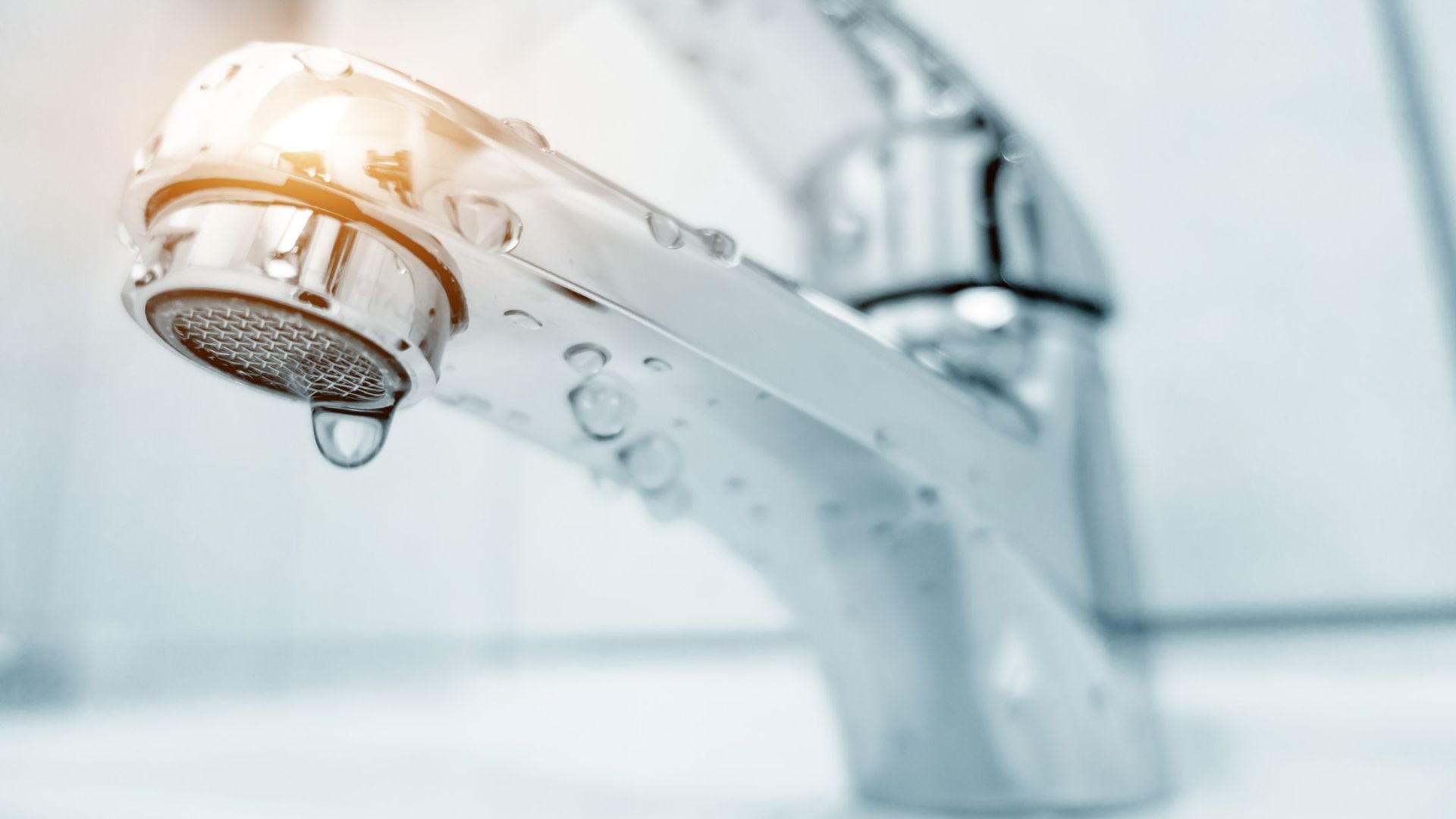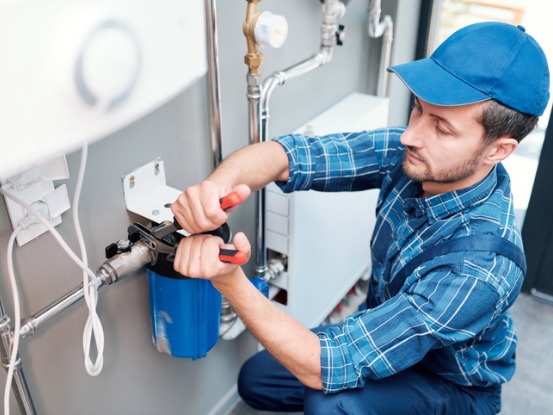Quick Solutions for Minimal Water Pressure in Your Home
Quick Solutions for Minimal Water Pressure in Your Home
Blog Article
Nearly everybody will have their own assumption with regards to 4 Ways to Troubleshoot Low Water Pressure.

Low water stress in your house can be an aggravating trouble, affecting whatever from showering to washing dishes. If you're experiencing weak water flow, there are a number of possible reasons and services to explore. In this guide, we'll go over common reasons for low water stress and sensible actions to resolve the concern efficiently.
Intro to Low Water Pressure
Low water stress happens when the circulation of water from your taps, showers, and other components is weaker than usual. This can make daily jobs a lot more difficult and much less efficient. Recognizing the reasons for low tide stress is vital to locating the best option.
Typical Causes of Low Tide Pressure
Faulty Pressure Regulators
Stress regulatory authorities are in charge of preserving consistent water stress in your home. If they malfunction, it can lead to low water stress or unequal circulation throughout your home.
Municipal Water System Issues
Occasionally, the trouble exists outside your home. Metropolitan water system problems, such as main line leakages or maintenance job, can temporarily minimize water pressure in your area.
Pipeline Obstructions
Gradually, pipes can become blocked with natural resource, sediment, or debris, limiting the flow of water. This is a typical issue in older homes with galvanized steel pipelines.
Rust
Corrosion within pipes can lead to leaks and lowered water stress. Rust build-up can constrict water flow, especially in aging plumbing systems.
How to Identify Low Tide Pressure
Evaluating Pipes
Inspect visible pipes for indicators of leaks, corrosion, or blockages. Take notice of any kind of uncommon sounds, such as knocking or rattling pipes, which could suggest issues within the plumbing system.
Consulting with a Plumber
If you're not able to identify the cause of low water stress, consider working with an expert plumber to conduct a comprehensive examination. They can recognize underlying concerns and recommend ideal services.
Inspecting Taps and Fixtures
Begin by examining the water stress at various faucets and fixtures throughout your home. If the concern is separated to details locations, it may suggest localized troubles.
Do It Yourself Solutions to Deal With Low Tide Stress
Flushing Hot Water Heater
Debris buildup in the water heater can restrict circulation and reduce effectiveness. Purging the tank regularly assists eliminate debris and keep optimum efficiency.
Checking Stress Regulatory Authority
Make certain that the pressure regulator is working appropriately. Readjusting or replacing the regulator can assist restore correct water pressure throughout your home.
Cleansing Aerators and Showerheads
Mineral deposits can accumulate in aerators and showerheads, lowering water circulation. Eliminate and cleanse these components on a regular basis to improve water pressure.
Cleaning Clogs in Pipes
For minor clogs, attempt making use of a plumbing snake or chemical drainpipe cleaner to clear blockages in pipes. Beware when making use of chemicals and adhere to safety standards.
When to Call a Specialist Plumber
If DIY initiatives fail to settle the issue or if you suspect considerable plumbing issues, it's ideal to look for assistance from an accredited plumber. They have the competence and tools to deal with intricate concerns safely and properly.
Safety Nets to Keep Water Stress
Setting Up a Stress Booster
Take into consideration setting up a pressure booster pump to enhance water stress in areas with consistently low flow. This can be especially useful for multi-story homes or residential properties with high-demand components.
Tracking Water Usage
Bear in mind water usage habits and prevent overtaxing the plumbing system. Easy changes, such as staggering showers and laundry lots, can assist preserve adequate water stress.
Routine Upkeep
Arrange routine upkeep for your plumbing system to avoid problems such as corrosion, leakages, and blockages. Resolving small problems early can help avoid even more substantial repair work later on.
Final thought
Taking care of low tide pressure can be frustrating, however identifying the underlying causes and carrying out proper options can restore optimum flow throughout your home. Whether it's cleaning up aerators, evaluating pipes, or consulting with a plumber, taking proactive steps can guarantee a stable supply of water for your day-to-day needs.
FOUR WAYS TO FIX LOW WATER PRESSURE NOW
Turning on a shower or faucet only to find the water comes out in a sad, slow drizzle is never a good feeling. How exactly are you supposed to wash a pan or take a quick shower when it takes 10 minutes just to rinse off a little soap? The good news is that when your water pressure is bad, there's always a cause: typically one that can be easily fixed. Here are some of the most common causes of low pressure and what you can do to fix the issue:
DEBRIS AND MINERAL DEPOSIT BUILDUPS
If you notice low water pressure from just one or two of the fixtures in your house, the problem likely has to do with debris buildup. Water is full of minerals and other debris, all of which can accumulate in your pipes and on your fixtures. This can cause a blockage that affects how much water flows through. To fix this, try filling a small plastic bag with white vinegar, and use a rubber band to hang it around your showerhead or faucet. Let the head of the fixture soak for a few hours, and the vinegar should loosen the deposits.
WATER LEAKS
Leaks are another common cause of low water pressure. If water is flowing out of your plumbing through a hole or crack before it can reach your fixture, the pressure coming out of the faucet or showerhead will be lower. A plumbing professional is your best bet for finding and repairing a leak in your water supply pipes.
Leaks are another common cause of low water pressure. If water is flowing out of your plumbing through a hole or crack before it can reach your fixture, the pressure coming out of the faucet or showerhead will be lower. A plumbing professional is your best bet for finding and repairing a leak in your water supply pipes.
A VALVE ISSUE
If you have low water pressure throughout your home, check your main shut-off valve to make sure it's completely open. You may also want to see if there's a pressure-reducing valve installed. If there is, have a plumber help you adjust the settings to get the pressure you're looking for.
OTHERS USING WATER
Believe it or not, your low water pressure could be caused by your neighbors. If you notice low pressure at certain times of day, it may be because you and the people living next to you have similar schedules - when everyone is showering at the same time, the pressure will be lower in every home. Low pressure throughout the neighborhood may also be caused by an issue with your municipal water supply. If that's the case, call the supplier to see if they're working on the issue.
https://www.rotorooter.com/blog/water-leaking/low-water-pressure-fixes/

Do you like reading about Dealing with Low Water Pressure in Your Home? Make feedback down below. We will be happy to listen to your suggestions about this blog post. We hope to see you back again before long. In case you liked our post if you please don't forget to pass it around. Thanks for being here. Return soon.
Check Us Out Report this page